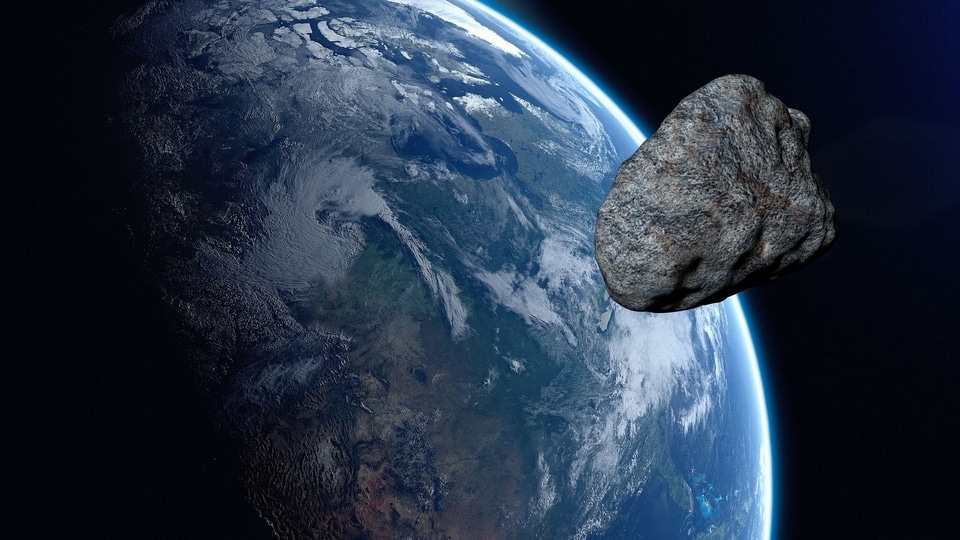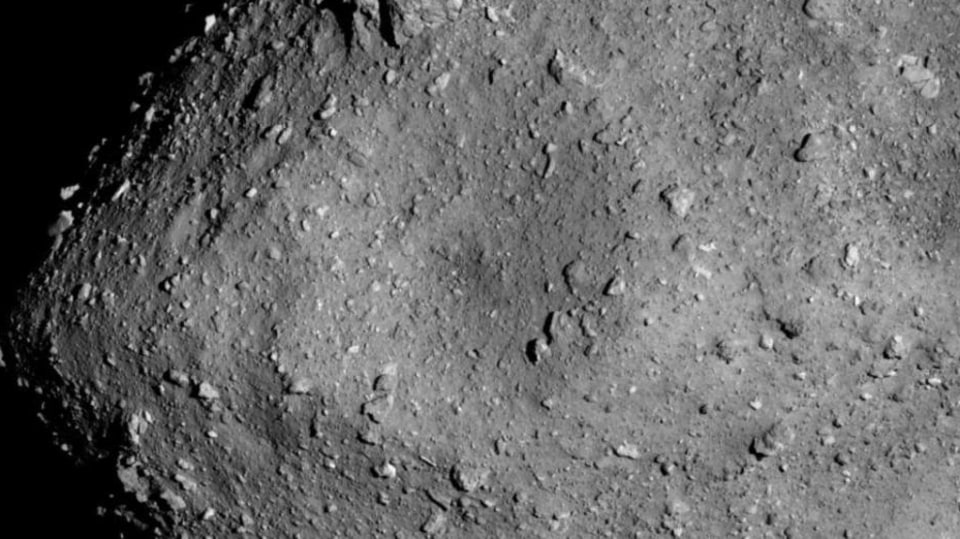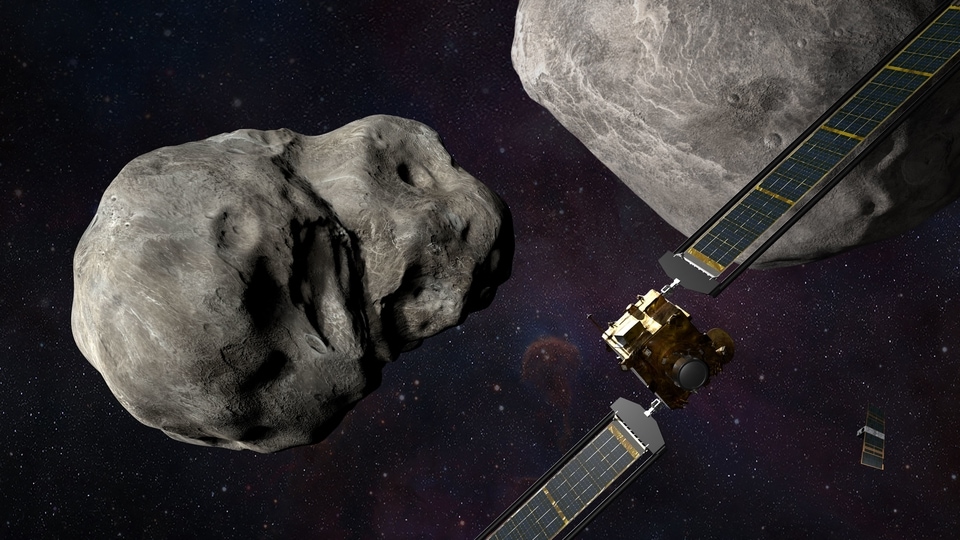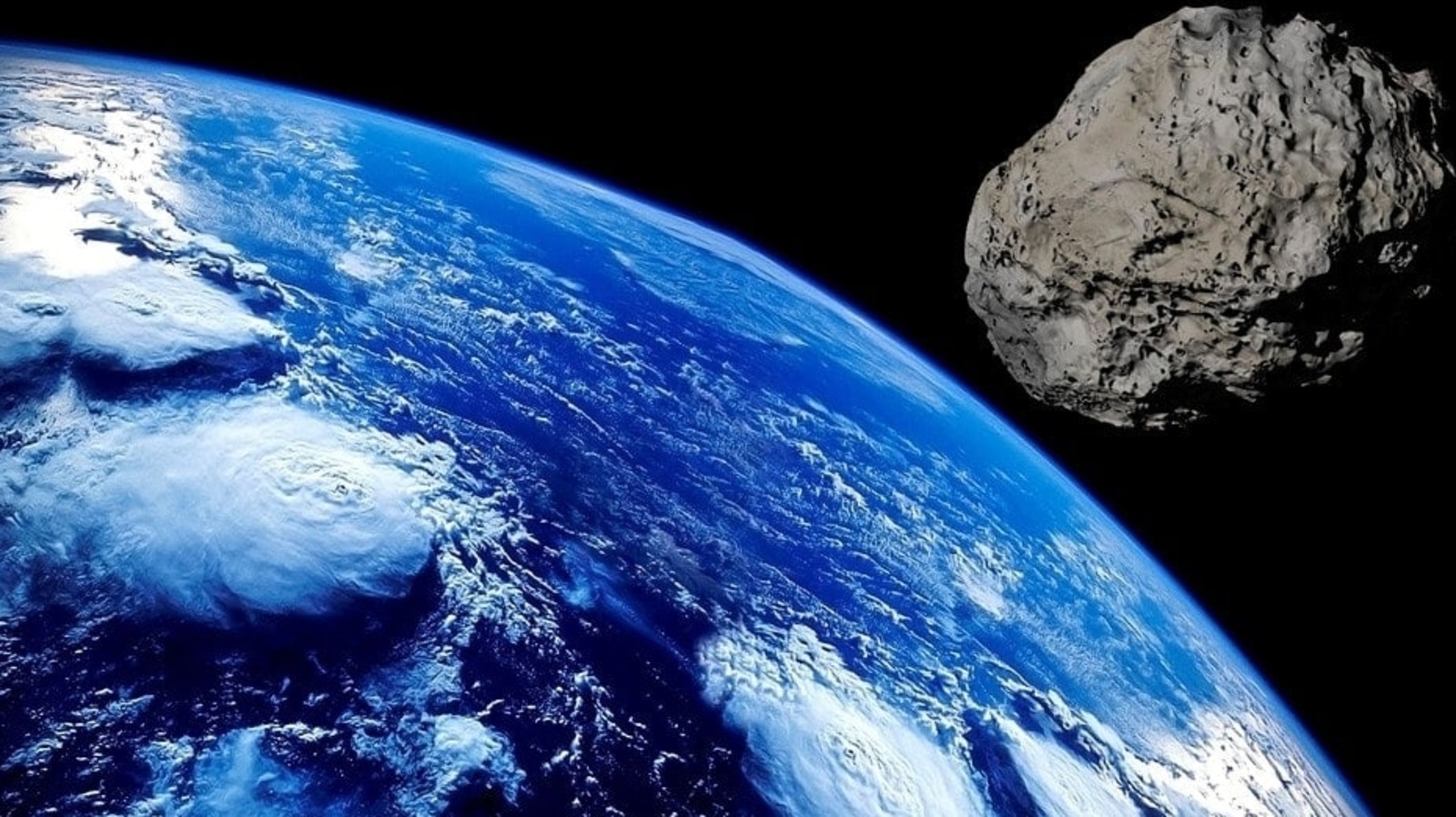This asteroid will come EXTREMELY close to the Earth on Friday; Know how to watch it
The asteroid 2023 BU is going to come as close as 3,500 kilometers to the Earth, leaving even some satellites behind. Find out how to watch



_1639115875543_1639115887157.jpg)


 View all Images
View all Imagesn just a couple of days, the Earth is going to witness a rare event. An asteroid is going to make a close approach to our planet. But it will be unlike anything we have seen recently. And that's because the asteroid is going to come closer to the Earth than some of our geosynchronous satellites. The flyby of the asteroid 2022 BU is going to be the fourth closest approach of a space rock since 1900, according to NASA. This is an incredibly rare opportunity and you should not miss out on watching it move across the sky. Find out how to watch it.
Asteroid 2022 BU: Details
The asteroid is 82-foot wide. It was first spotted on January 21 by Gennadiy Borisov. As per NASA Center for Near Earth Object Studies (CNEOS), the asteroid will make its closest approach to our planet at 2:47 AM IST on January 27 (4:17 PM EST, January 26 for USA) . During that time, the 2023 BU will fly past our Earth at the speed of 53,591 kilometers per hour at a distance of 3,500 kilometers above the sea level.
While some have expressed concerns around the asteroid striking our planet, astronomers believe that there is no risk of a collision this time around and a safe passage of the asteroid is expected.
How to watch the asteroid
While the usual method of setting up a telescope in a low-light area and following the exact coordinates of the asteroid works, most do not have the instruments or the opportunity to watch it that way. For all of you, The Virtual Telescope Project will be hosting a webcast through which you can watch the asteroid flyby from the comfort of your home.
The webcast will begin at 12:45 AM IST on January 27 (2:15 PM EST, Jan 26 for USA) and continue till the flyby is done. If you are interested, you can watch the livestream directly on the website by clicking here or on its YouTube channel.
Catch all the Latest Tech News, Mobile News, Laptop News, Gaming news, Wearables News , How To News, also keep up with us on Whatsapp channel,Twitter, Facebook, Google News, and Instagram. For our latest videos, subscribe to our YouTube channel.





























